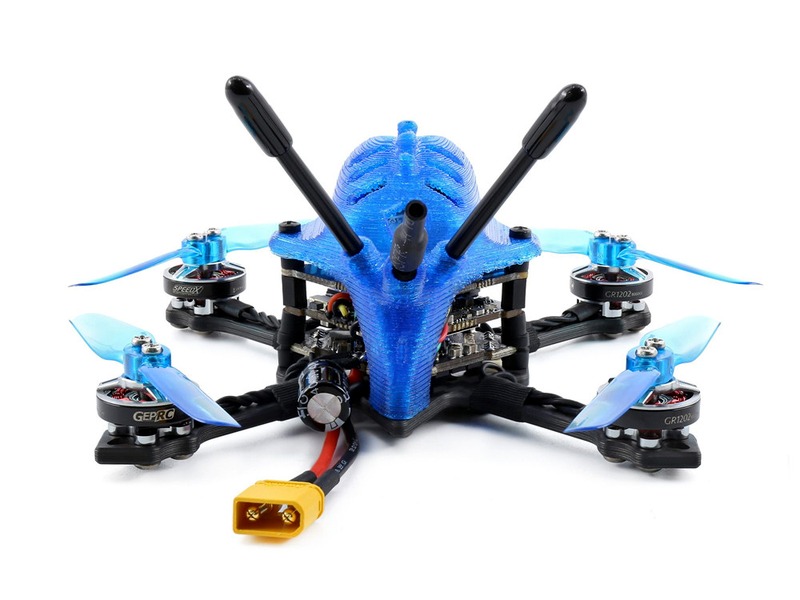Can police Jam drones?

Yes, police can jam drones. Jamming is a technique used to disrupt the communication between a drone and its controller. It is used to prevent the drone from being used for malicious purposes, such as surveillance, smuggling, or terrorism.
Jamming is achieved by sending out a signal that interferes with the communication between the drone and its controller. This signal can be generated by a variety of sources, including radio frequency (RF) jammers, GPS jammers, and laser jammers.
RF jammers are the most common type of jammer used by police. These devices emit a powerful signal that disrupts the communication between the drone and its controller. The signal is strong enough to prevent the drone from receiving commands from its controller, effectively disabling it.
GPS jammers are also used by police to disrupt the navigation of drones. These devices emit a signal that interferes with the GPS signal that the drone uses to determine its location. This prevents the drone from being able to accurately navigate, making it difficult for it to reach its intended destination.
Laser jammers are the least common type of jammer used by police. These devices emit a powerful laser beam that disrupts the communication between the drone and its controller. The laser beam is powerful enough to prevent the drone from receiving commands from its controller, effectively disabling it.
In addition to jamming, police can also use other techniques to prevent drones from being used for malicious purposes. These techniques include using physical barriers to prevent the drone from entering certain areas, using radio frequency identification (RFID) tags to track the drone, and using software to detect and disable the drone.
In conclusion, police can jam drones in order to prevent them from being used for malicious purposes. Jamming is achieved by sending out a signal that interferes with the communication between the drone and its controller. This signal can be generated by a variety of sources, including radio frequency (RF) jammers, GPS jammers, and laser jammers. In addition to jamming, police can also use other techniques to prevent drones from being used for malicious purposes.
Comments / Question
Jamming is the process of interfering with a drone’s communication signals, preventing it from receiving or sending data. This can be done by using a jamming device to send out a signal that disrupts the drone’s communication with its controller. Jamming is a temporary measure and can be used to prevent a drone from entering a certain area or to disrupt its mission.
Disabling a drone is the process of physically disabling the drone’s systems, either by physically damaging it or by using a device to disrupt its electrical systems. This is a more permanent measure and can be used to prevent a drone from being used again.
2. Use the jamming device only in areas where it is legal to do so.
3. Monitor the area for any unintended consequences of jamming, such as interference with other radio signals.
4. Ensure that the jamming device is not used in a way that could cause harm to people or property.
5. Monitor the area for any drones that may have been affected by the jamming device.
6. Ensure that the jamming device is not used in a way that could interfere with public safety or emergency services.
7. Ensure that the jamming device is not used in a way that could interfere with air traffic control.
8. Ensure that the jamming device is not used in a way that could interfere with commercial or military aircraft.
9. Ensure that the jamming device is not used in a way that could interfere with any other radio signals.
10. Ensure that the jamming device is not used in a way that could interfere with any other electronic devices.
2. GPS Jamming: This type of jamming works by broadcasting a signal on the same frequency as the drone’s GPS signal, preventing the drone from receiving location data from the satellites and thus preventing it from navigating.
3. Laser Jamming: This type of jamming works by using a powerful laser to interfere with the drone’s optical sensors, preventing it from recognizing its surroundings and thus preventing it from navigating.
4. Acoustic Jamming: This type of jamming works by broadcasting a loud noise on the same frequency as the drone’s audio sensors, preventing it from recognizing its surroundings and thus preventing it from navigating.

